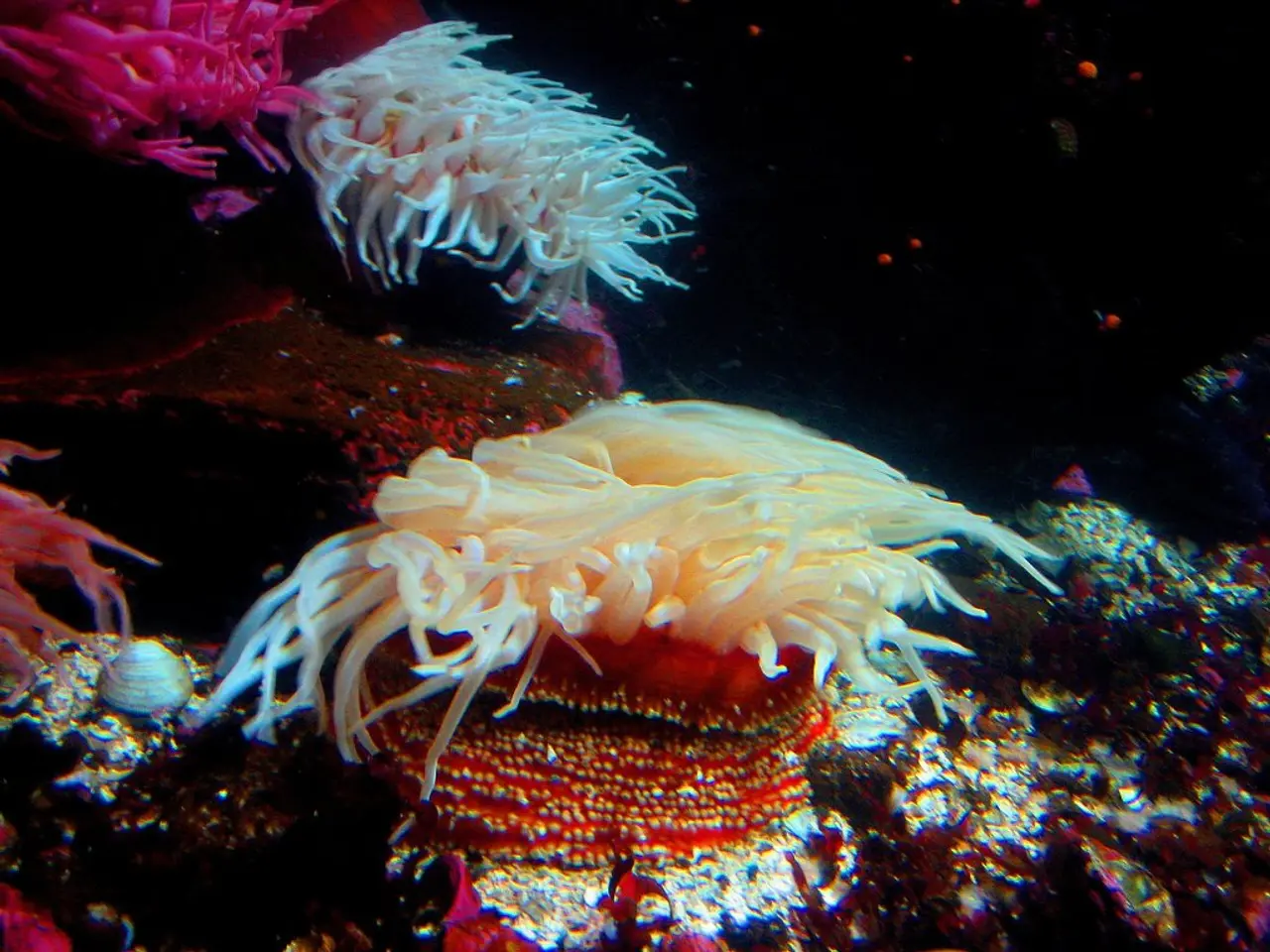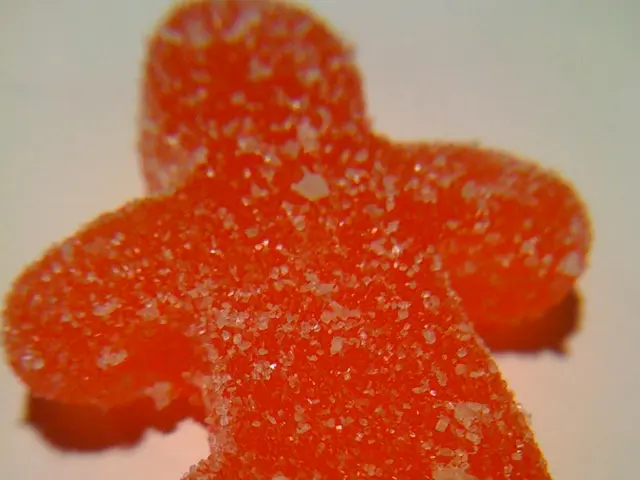District's Coral Reef of Australia Witnesses Unprecedented Degradation
The Great Barrier Reef, a stunning 1,500-mile stretch of coral reef off the coast of Queensland in northeastern Australia, has suffered its largest annual decline in live coral cover in recent years. According to Mike Emslie, head of the Australian Institute of Marine Science's long-term monitoring program, this decline is due to a mass coral bleaching event that occurred in early 2024.
The bleaching event was the most widespread since monitoring began nearly 40 years ago and was driven by record-high ocean temperatures in 2024. The event caused unprecedented levels of heat stress, leading to the most spatially extensive and severe bleaching recorded to date. Surveys of the Great Barrier Reef found that two of its three regions recorded the steepest coral decline since monitoring began in 1986.
The northern and southern regions of the reef were hit hardest, with coral cover dropping by between one-quarter and one-third after several years of steady growth. This decline points to an ecosystem under stress, a phenomenon that has emerged over the last 15 years.
However, Emslie remains hopeful. He stated that the reef is still worth fighting for and that it's not time to throw our arms up and give up. He added that the reef remains an "amazing place" despite the damage.
Current efforts to save the Great Barrier Reef from climate change and mass coral bleaching involve a combination of urgent government policy changes, scientific innovation, community engagement, and local conservation measures. The Australian Government faces pressure to cut emissions by at least 90% by 2035, end approvals for new coal and gas projects, and address local threats like water pollution and deforestation to avoid the Reef's UNESCO World Heritage ‘In Danger’ listing.
Local conservation initiatives involve community-led reef protection and monitoring, such as training programs for local women in coral survey techniques and establishing Locally Managed Marine Areas (LMMAs) to support sustainable fishing and reef health in regions near the Reef and Papua New Guinea.
Scientific innovation and restoration projects are being developed globally and applied to reef conservation, including emerging technologies such as 3D printing of reef structures to aid ecosystem recovery, combined with well-funded strategies that integrate political and social commitments.
Targeted programs like the Crown-of-Thorns starfish Control Program have helped protect tens of thousands of hectares of reef habitat by culling this coral-predator species, which significantly harms coral health. There is also growing support for responsible tourism that channels funding into reef conservation and raises awareness about the ongoing crisis.
Without a combination of drastic global emissions reductions, enhanced local reef management, scientific innovation, and stronger government policies by early 2026, the Great Barrier Reef’s ability to survive repeated bleaching events caused by climate change is critically at risk.
[1] Australian Government pressure to cut emissions by at least 90% by 2035, end approvals for new coal and gas projects, and address local threats like water pollution and deforestation to avoid the Reef's UNESCO World Heritage ‘In Danger’ listing.
[2] Local conservation initiatives involve community-led reef protection and monitoring, such as training programs for local women in coral survey techniques and establishing Locally Managed Marine Areas (LMMAs) to support sustainable fishing and reef health in regions near the Reef and Papua New Guinea.
[3] Scientific innovation and restoration projects are being developed globally and applied to reef conservation, including emerging technologies such as 3D printing of reef structures to aid ecosystem recovery, combined with well-funded strategies that integrate political and social commitments.
[4] There is growing support for responsible tourism that channels funding into reef conservation and raises awareness about the ongoing crisis.
[5] Targeted programs like the Crown-of-Thorns starfish Control Program have helped protect tens of thousands of hectares of reef habitat by culling this coral-predator species, which significantly harms coral health.
- To avoid the Great Barrier Reef from being listed as a UNESCO World Heritage 'In Danger' site, the Australian Government is under pressure to cut emissions by at least 90% by 2035, end approvals for new coal and gas projects, and address local threats like water pollution and deforestation.
- Local conservation initiatives focus on community-led reef protection and monitoring, with training programs for local women in coral survey techniques and the establishment of Locally Managed Marine Areas (LMMAs) to support sustainable fishing and reef health in regions around the Great Barrier Reef and Papua New Guinea.
- Scientific innovation and restoration projects globally are being applied to reef conservation, incorporating emerging technologies such as 3D printing of reef structures to aid ecosystem recovery, and well-funded strategies that integrate political and social commitments.








